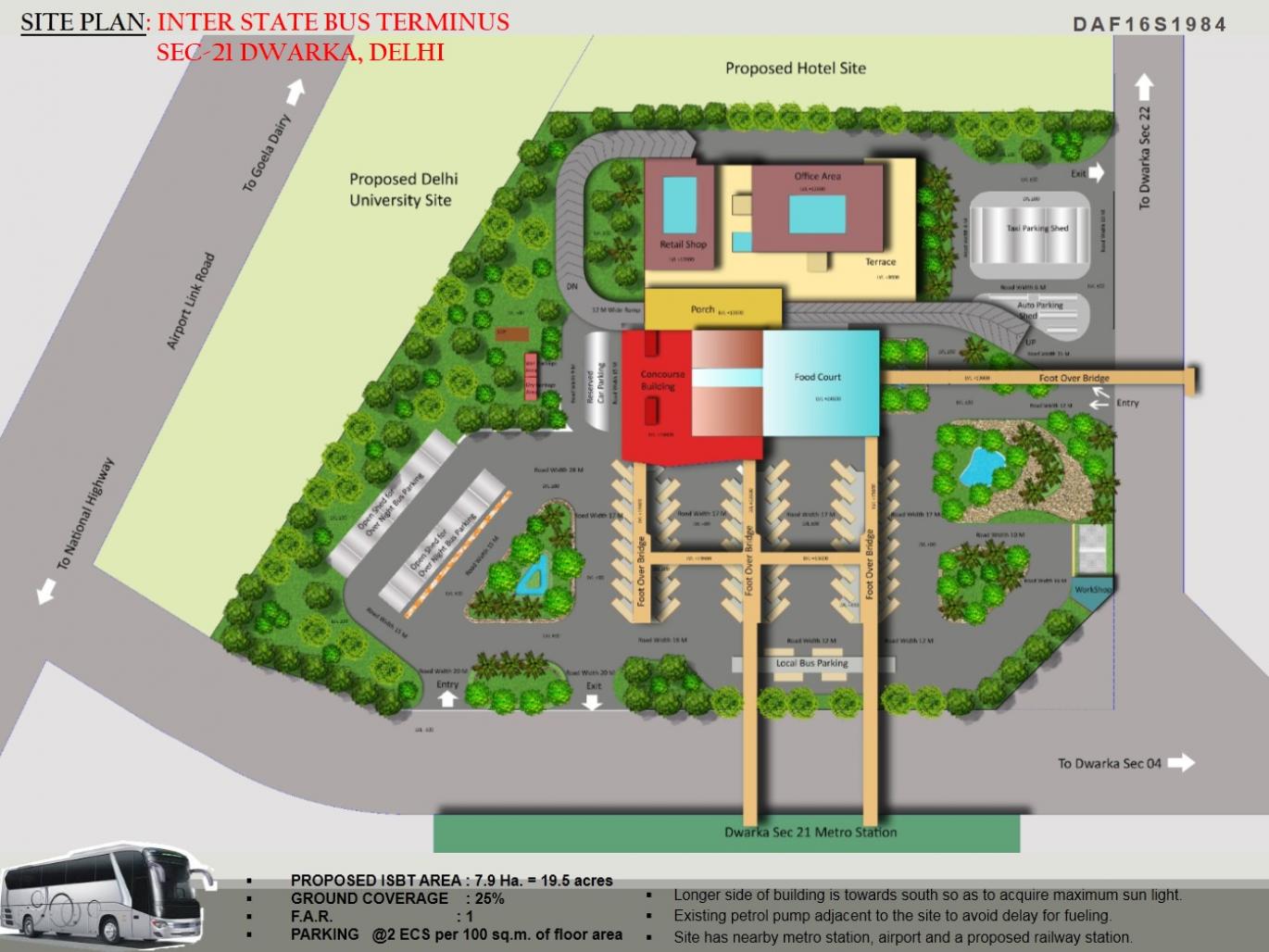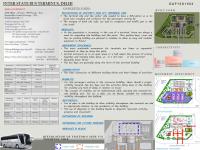Transportation is one of the most important requirement to aid communication. Introduction of an efficient transportation system improves social, economic, industrial and commercial progress of the city. It is one of the essential service for determining the direction of development.
There are several common problems for transport system like
• Congestion which occurs when transport demand exceeds transport supply at a specific point in time and in a specific section of the transport system.
• Noise and air pollution generated by circulation has become a serious obstruction to the quality of life and even the health of urban populations. Mismanagement of land leads to an increase in pollution.
• Transport system provides a discomfort in terms of maintenance, management, coordination and cost control.
• The rapid growth of India’s urban population has put enormous strains on all transport systems.
• There are always huge parking problem for large transits especially when there are no spaces designed/provided for them. The demand for more land keeps on growing as there are no parking zones on roads to reduce congestion.
Solution to these problems are:
• Infrastructures can be properly built to give an ease to flow.
• Minimum ridership with less capital investment transport systems are more promoted to solve the transportation problem.
• Many transportation planning proposals are aimed at increasing the speed and schedule reliability of public transport especially bus services.
• If we build more infrastructure like flyovers, they will induce more demand. Hence there will again be congestion. There is always a better option i.e. Public Transport which contains buses, trains, metros, trams and ropeways.
Buses continue to be one the most affordable and popular means of public transport for inter as well as intra city travel. A number of factors like the convenience of travel from one place to another, promotion of tourism, etc. have supported the importance of planning of bus terminals.
Buses are more environmentally acceptable than private car, and any transfer of user from car to buses benefits society in term of energy saving, noise reductions, better safety reduction in air pollution.
The aim is to design a smooth bus network system and provide inland parking of intercity buses in Dwarka sector-22 having an area of 19.5 acres with 25% ground coverage & 1 F.A.R.
The site has been zoned as private, semi-public and public areas with suitable activity onto it and using various architectural principles, elements and concepts such as movement efficiency, area bifurcations, modules, future demands, expansion of buildings, visibility and aesthetics.
Thank You.
2016
0000
• Total Site Area: 10.9 Ha. = 26.93 Acres
• Proposed Isbt Area : 7.9 Ha. = 19.5 Acres
• Ground Coverage: 25%
• F.A.R.: 1
• Parking @2 Ecs Per 100 Sq.M. Of Floor Area
• Set Backs:
• Front : 15 M Rear & Other Sides: 12 M
Apoorva Gupta





